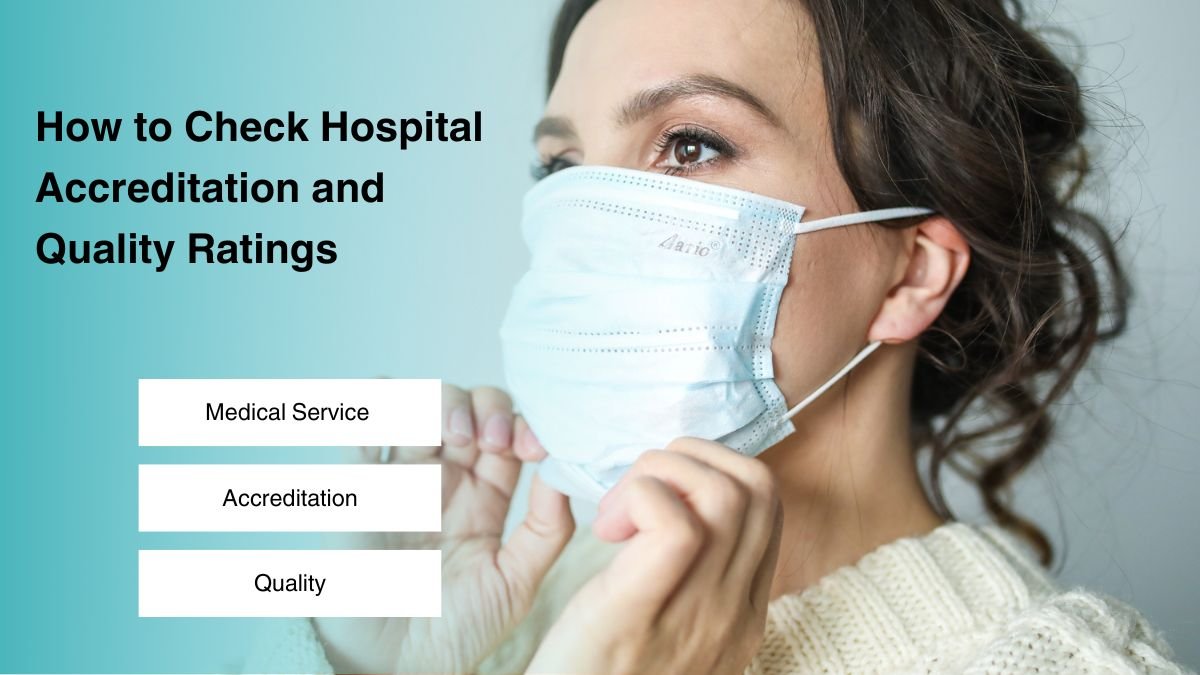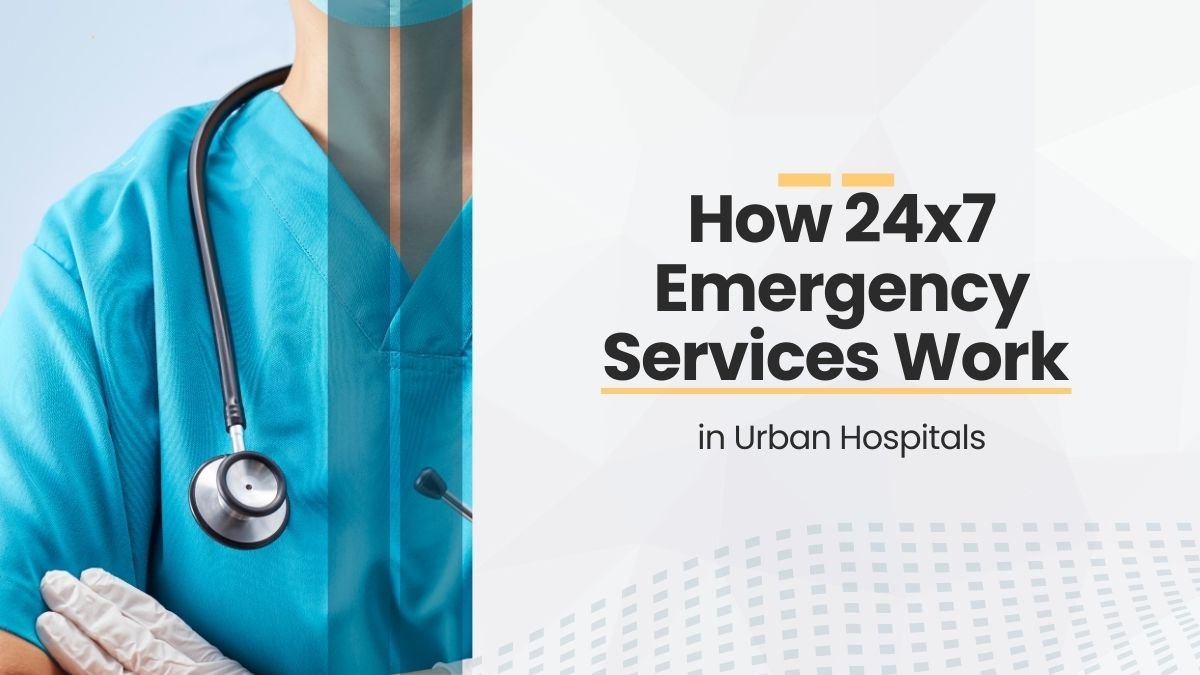Hospitals’ growing trend of handling medical waste properly
Generally, when we think of a hospital, treatment, doctors, patients, and medicines enter our minds. One thing that usually does not cross the minds of many people is wastage from the hospital, i.e., medical wastes.
Have you ever wondered what happens to the waste that comes out after hundreds of patients are treated, surgeries are done, injections are given, bandages are changed? If this waste is not disposed of properly, it can be very harmful to our health, soil, water and air. That is why most hospitals nowadays are emphasizing on handling medical waste in sustainable i.e. environmentally friendly ways.
Let us know in detail the smart and responsible ways in which hospitals are managing medical waste.
1. Segregate waste – This is where it all starts
Waste segregation is the first and most important step. If things are separated at the beginning, the further process becomes much easier and safer.
What do hospitals do?
Waste is divided into three main categories:
- General Waste – like food packets, tissues, paper
- Hazardous Waste – like blood stained bandages, used injections, blades
- Recyclable Waste – like plastic bottles, empty medicine boxes, cardboard
Colorful dustbins:
- Green dustbin – for general waste
- Yellow – for biomedical waste
- Blue – for glass and medicines
- Red – for plastic medical waste
This kind of system not only protects the environment, but also protects the staff from diseases.
2. Recycling Program – Reusing Waste
Recycling is generally associated with the reuse of bottles or old newspapers. However, hospitals are big culprits for waste that could be recycled.
What can be recycled?
- Plastic IV bags
- Empty medicine vials after use
- Some metal equipment that can be melted after disposal
- Old documents, cardboard, file covers
What do hospitals do?
They tie up with recycling companies that take these things and recycle them into useful things.
Many hospitals have set up their own recycling units.
This not only reduces waste, but also saves raw material to make new products.
3. Waste-to-energy technology – Creating energy from waste
In today’s time when the demand for electricity is increasing rapidly, creating electricity or heat from waste is an excellent solution.
How does this system work?
- The waste that cannot be recycled is burned in a special machine.
- The energy generated in this process is converted into electricity or heat.
- Many hospitals meet their needs by generating electricity from their own waste-to-energy plants.
Example:
A government hospital in a big city used to generate 500 kg of waste every day. And they installed a tiny waste-to-energy system and now it can cover 25% of the whole electricity requirement.
It reduces the need for landfills and also keeps the environment safe.
4. Staff training and awareness-the environment is all of our responsibilities, as one of their key messages.
No system can be successful unless the people working in it adopt it with full understanding and responsibility. That is why nurses, cleaning staff, technicians and doctors are given training from time to time in hospitals.
What is taught?
- Where to dump which waste
- Which waste is for which dustbin
- Which device can be reused and which cannot
- Proper way of washing hands, wearing gloves and using masks
Also, campaigns like Sustainability Week are also run in hospitals, in which employees are taught small steps for the environment.
5. Buying eco-friendly things – It should start from the supply itself
Nowadays many hospitals are also demanding from their medical suppliers to provide sustainable i.e. eco-friendly goods.
How?
- Items with biodegradable (meltable) packaging are preferred
- Paper or metal containers instead of plastic
- Equipments that are disposable and do not harm the environment
Example:
Some hospitals now use cloth sheets instead of plastic sheets during surgery, which can be washed and reused.
If the beginning is environmentally friendly, then waste and pollution will automatically reduce later.
6. Partnership and cooperation – Management will be better if done together
A hospital alone cannot solve all the waste. That is why nowadays many hospitals are working together with local bodies, NGOs and environmental organizations.
What happens with this partnership?
- Exchange of resources
- Knowledge of recycling technology
- Contribution in community waste management
- Cleanliness and public awareness campaign in the surrounding area
When the hospital and the community work together, cleanliness, hygiene and health improve for everyone.
7. Follow the rules – Not only necessary, but also important for health
The government of every country and state has made strict rules related to medical waste. If a hospital does not follow these rules, then not only Not only is there a fine, but the lives of patients can also be in danger.
What do the rules say?
- Every waste should be separated according to the set standard
- Waste records should be kept every week
- Waste should be confirmed after it is destroyed
By following the rules, the image of the hospital also improves and legal risks are also reduced.
Conclusion: This new thinking of hospitals is changing the future of health and environment
While the main objective of hospitals is to treat patients, now they are also understanding the responsibility that it is important to keep the environment healthy as well.
Today’s hospitals are not just working for treatment, but towards creating a sustainable healthcare system. Be it recycling, generating energy from waste or making employees aware – every step is making our future better.









